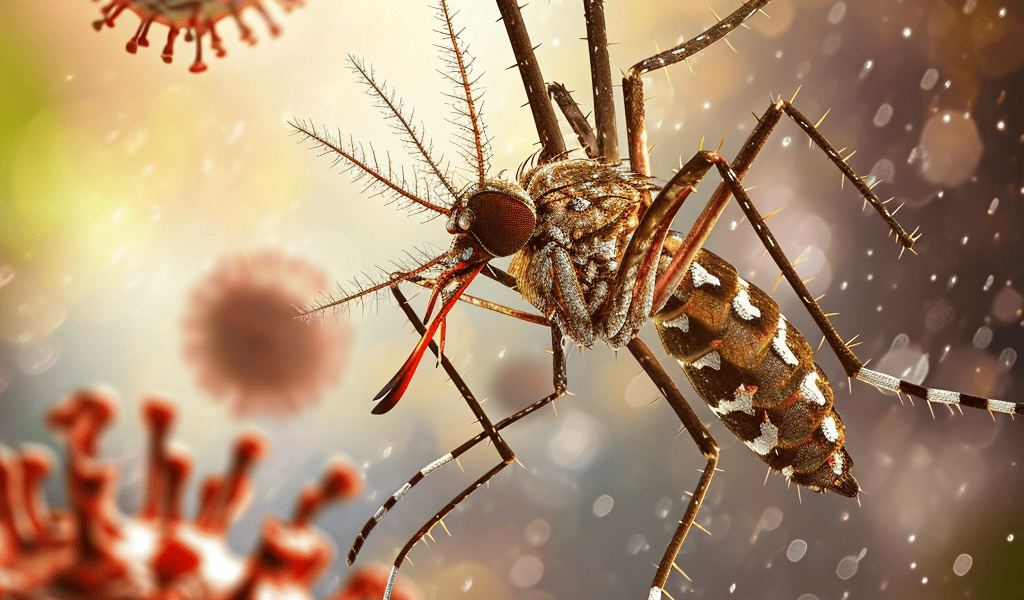A new study published in Nature Communications has shed light on the shifting patterns of dengue virus (DENV) in Brazil, following the emergence of the Zika virus (ZIKV) in 2015. The study, conducted by Francesco Pinotti, Marta Giovanetti, and their colleagues, analyzed age-specific incidence data to understand the changes in DENV epidemiology before and after the emergence of ZIKV.
The researchers observed a significant drop in the circulation of DENV in the years following the emergence of ZIKV, with a resurgence noted in 2018-2019. Notably, the incidence of DENV was found to be concentrated in younger individuals during the resurgence compared to the period of 2013-2015. This age-specific shift was more prominent in Brazilian states that had experienced larger ZIKV outbreaks.
Using a mathematical model, the study demonstrated that the ZIKV-induced cross-protection alone, often cited as the reason for the decline in DENV across Latin America, could not solely account for the observed age shift. The results suggested that a sudden accumulation of population-level immunity to ZIKV could suppress DENV and reduce the mean age of DENV incidence through both protective and disease-enhancing interactions.
The findings of this study are crucial in understanding the complex dynamics of DENV and ZIKV, especially in regions where both viruses co-circulate. The implications of these shifting patterns on public health interventions and disease management are significant, particularly in endemic and hyper-endemic areas.
Background on Dengue and Zika Viruses
Dengue virus serotypes 1 to 4 (DENV1-4) are mosquito-borne flaviviruses that pose a significant public health threat, causing nearly 400 million infections globally each year. In endemic and hyper-endemic areas, recurrent DENV epidemics can strain healthcare systems, particularly in resource-limited settings. The severity of human infections can vary widely, with the most severe cases leading to vascular leakage and shock.
Notably, pre-existing cross-reactive antibodies may worsen disease outcomes following heterologous infections through antibody-dependent enhancement (ADE). The severity of the disease can also vary based on the infecting DENV serotypes.
Zika virus, on the other hand, is an emerging flavivirus genetically related to DENV, sharing some transmitting vectors, particularly Aedes mosquitoes. The emergence of ZIKV in Brazil in 2015 led to widespread outbreaks in Latin America, prompting a subsequent drop in DENV circulation, followed by a resurgence in later years.
The study’s findings provide valuable insights into the interplay between these two viruses and their impact on public health. Understanding the mechanisms behind the shifting patterns of DENV incidence following the emergence of ZIKV is crucial for developing effective strategies to combat these mosquito-borne diseases.





